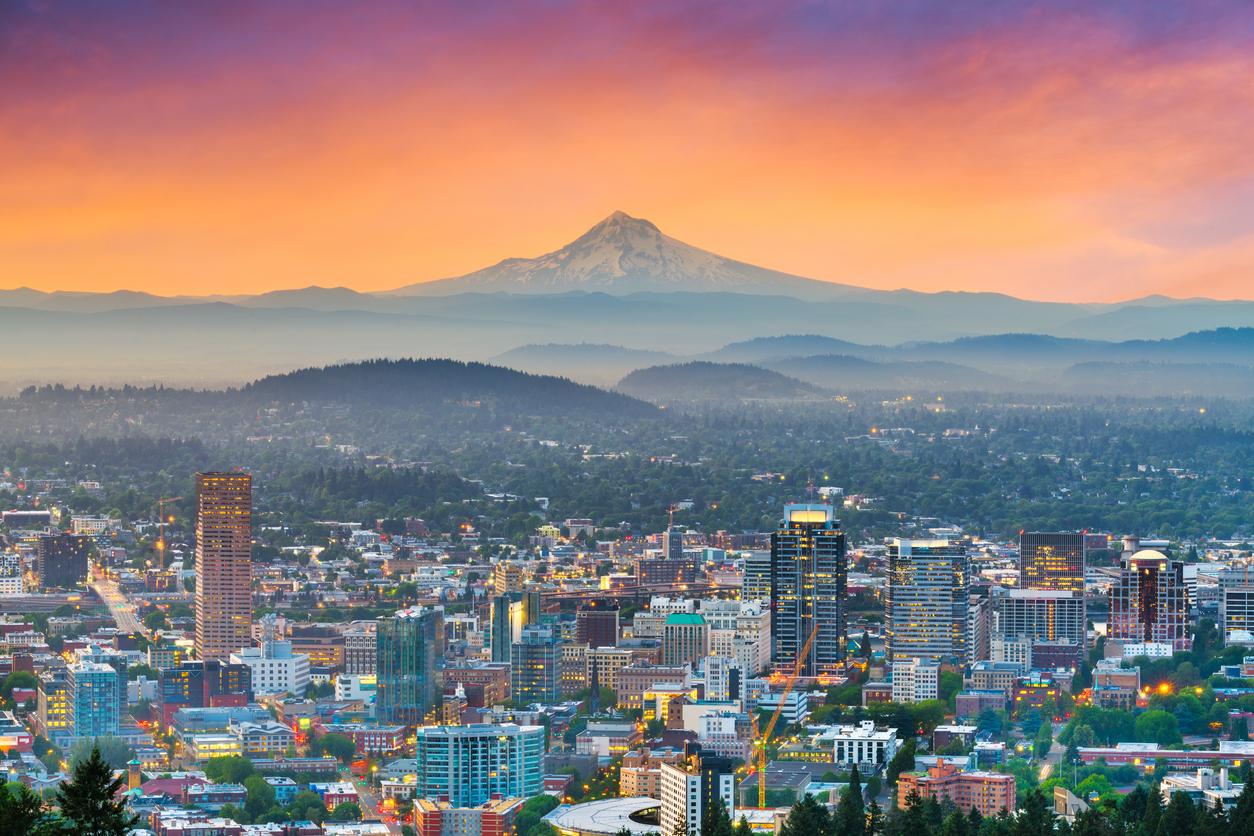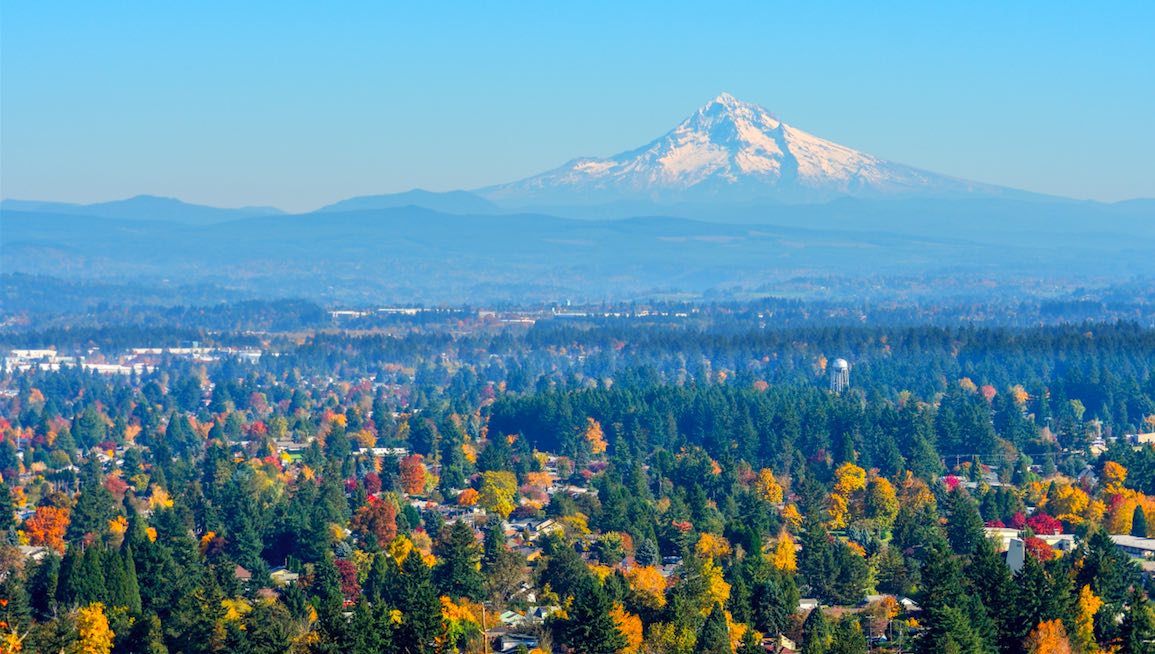Market Research in Oregon

Market research in Oregon uncovers valuable data on consumer preferences, emerging trends, and competitive dynamics. These insights enable companies to tailor their strategies, optimize operations, and achieve significant market impact.
What Is Market Research in Oregon?
Market research in Oregon focuses on data about the state’s unique market conditions, consumer preferences, and competitive environment. This research is vital for businesses looking to understand the local economic landscape and tailor their strategies accordingly. It helps businesses identify emerging trends, assess the feasibility of new products or services, and understand the competitive dynamics within the state.
Benefits of Market Research in Oregon
Market research in Oregon offers numerous benefits that can significantly enhance a company’s strategic planning and operational efficiency, such as:
- Informed Decision-Making: Market research in Oregon provides critical data and insights, enabling businesses to make well-informed decisions.
- Risk Mitigation: Market research can help businesses identify potential risks and challenges before launching new products or entering new markets.
- Enhanced Customer Understanding: Market research helps businesses better understand their customers’ needs, preferences, and behaviors.
- Competitive Advantage: By analyzing competitors and market conditions, businesses can identify opportunities to differentiate themselves and gain a competitive advantage.
- Strategic Growth: Market research provides insights into emerging trends and opportunities for growth.
Our Current Market Review and Recommendations
At SIS International, we believe that Oregon’s technology sector, particularly in cities like Portland and Eugene, is experiencing significant growth, driven by innovation and a strong talent pool from local universities. Companies in software development, IT services, and tech startups are thriving, supported by a robust ecosystem that encourages collaboration and entrepreneurship.
The healthcare industry in Oregon is also expanding rapidly. Oregon Health & Science University (OHSU) and Providence Health & Services are at the forefront of medical research and healthcare delivery. Businesses in pharmaceuticals, medical devices, and healthcare services can benefit from this growth by investing in research and development and forming strategic partnerships.
Agriculture remains a cornerstone of Oregon’s economy. The state is a leading producer of crops such as wheat, hops, and wine grapes. Companies like Tillamook and Harry & David are significant agricultural players contributing to domestic and international markets.
Oregon’s tourism sector is robust, driven by the state’s natural beauty and diverse attractions. The Oregon Coast, Mount Hood, and Crater Lake National Park are just a few destinations that draw visitors worldwide. Hospitality, travel services, and outdoor recreation businesses can capitalize on the growing demand for tourism experiences.
Expected Results from SIS’s Market Research in Oregon
Investing in Oregon’s market research in SIS provides numerous benefits that drive business success and growth. Our comprehensive research approach offers actionable insights, enabling businesses to make informed decisions and strategically navigate the market landscape.
Increased Revenue:
SIS’s market research helps businesses identify high-potential opportunities, target the right customer segments, and optimize their marketing strategies.
Reduced Risk:
Our market research in Oregon identifies potential risks and challenges, allowing businesses to develop proactive mitigation strategies.
Enhanced Customer Understanding:
SIS’s research deeply explains customer preferences, behaviors, and needs. This insight enables businesses to create more personalized and relevant products, services, and marketing campaigns, increasing customer satisfaction and loyalty.
Competitive Advantage:
SIS’s market research in Oregon analyzes competitors and market trends, helping businesses identify opportunities to differentiate themselves and gain a competitive edge. Understanding the competitive landscape allows companies to develop strategies that outpace their rivals.
Accelerated Innovation:
Our team identifies emerging trends and technological advancements to foster innovation and allow companies to capitalize on new opportunities for growth and development.
Boosted ROI:
SIS’s market research in Oregon helps businesses maximize their return on investment. Our research services ensure that companies make strategic decisions that drive profitability and long-term success.
Main Tourist Attractions in Oregon
Oregon is renowned for its stunning natural landscapes, vibrant cultural scene, and historical significance, making it a tourist destination. Here are some of the most important tourist attractions in the state:
- Crater Lake National Park: Crater Lake is the deepest lake in the United States. The park offers various recreational activities, including hiking, boat tours, and scenic drives.
- Multnomah Falls: Multnomah Falls is one of the country’s tallest and most beautiful waterfalls. Visitors can enjoy the scenic trails and viewpoints that provide breathtaking views of the falls.
- Oregon Coast: The Oregon Coast is famous for its rugged beauty, sandy beaches, and charming coastal towns. Destinations like Cannon Beach, with its iconic Haystack Rock, and the Oregon Dunes National Recreation Area attract visitors year-round.
- Mount Hood: As Oregon’s highest peak, Mount Hood offers a range of outdoor activities, including skiing, snowboarding, hiking, and camping. The surrounding area, including Timberline Lodge, is a popular destination for nature enthusiasts and adventure seekers.
- Portland Japanese Garden: The Japanese Garden is renowned for its tranquil beauty and authentic design. The garden features traditional elements such as koi ponds, tea houses, and meticulously landscaped gardens.
Agriculture
As with each other state in America, Oregon is involved in agriculture. Oregon leads the nation in hazelnut production. It produces 99 percent of the hazelnuts in America and 5 percent worldwide. Besides hazelnuts, this state produces a few other vegetables in high quantities. They include onions, sweet corn, green beans, snap beans, and sugar beet. Next, are the fruits cultivated in this state. Apples, berries, cherries, pears, and plums are all products of the Beaver State.
Fruits and vegetables are the basics. Oregon also produces a notable quantity of hay and many varieties of ryegrass. Most valuable are the state’s greenhouse and nursery products. Oregon farmers also produce many ornamental crops, such as daffodils, lilies, and tulips.
Agriculture does not only involve crop cultivation. Oregon also rears livestock to contribute to its economy. Cattle and chickens are the most profitable for this state. Livestock farmers breed them for both their meat and by-products.
Fishing
The Beaver State has plenty of waterways. These waterways include an entire Pacific coastline to its west. For this reason, it has a thriving commercial and domestic fishing industry. The most common commercial catch of the day is salmon. Fishers travel inland and out in the Pacific to round up these fishes. The market is not only in a salmon frenzy. Fishers, on their trips, also round up albacore tuna, crab, ground-fish and shrimp. Additionally, Oregon is a significant hydroelectricity producer because it has many waterways.
Forestry
Being nicknamed ‘the Beaver State’ would implant a timber-filled image in the minds of many. Oregon has vast forests, which allow it to engage and thrive in the timber-producing business. Oregon also produces finished timber goods, including paper and building materials. Many laws, lawsuits, forest fires, and over-harvesting have declined the industry. Still, Oregon remains a top producer in the market. The state produces the most Christmas trees in the country.
Services Industries
The state of Oregon engages in much more than farming, fishing, and forestry. Oregon offers all basic 9 to 5 jobs to its citizens. Cities like Portland have industries within corporate America. For example, like any major city, it has doctors’ offices and supermarkets. It also has small business start-ups by local entrepreneurs. These entrepreneurs opt to do business there for a plethora of reasons. One of these reasons would most likely be the absence of a sales tax. Another would be the government incentives in entrepreneurs’ favor, which make Oregon an excellent place to start a business. Profit is higher in cities like Portland.
Market Research in Oregon: SWOT Analysis
Conducting a SWOT analysis provides a comprehensive understanding of the strengths, weaknesses, opportunities, and threats associated with the Oregon market.
Strengths:
-
- Diverse Economy: Oregon’s economy is supported by many industries, including technology, healthcare, agriculture, and tourism, providing a stable and resilient economic base.
- Innovation Hub: Oregon is a hub for innovation, particularly in the technology and healthcare sectors, driven by local universities and research institutions.
- Sustainable Practices: The state’s commitment to sustainability and environmental stewardship is a significant strength, attracting businesses and consumers who prioritize eco-friendly practices.
Weaknesses:
-
- High Operational Costs: The cost of doing business in Oregon, particularly in urban areas, can be high, impacting profitability and growth potential.
- Regulatory Complexity: Navigating the regulatory environment can be challenging, particularly for industries subject to stringent state and local regulations.
- Infrastructure Gaps: According to market research in Oregon, certain areas of Oregon still face infrastructure challenges that affect business operations and expansion.
Opportunities:
-
- Renewable Energy Development: The state’s commitment to renewable energy presents opportunities for businesses in the energy sector.
- Healthcare Innovation: Increasing demand for healthcare services and advancements in medical technology create opportunities for businesses in healthcare services and medical devices.
- Agri-Tech and Sustainable Agriculture: Oregon’s agricultural sector offers opportunities for innovation in sustainable farming practices and agri-tech solutions.
- Tourism Growth: The growing tourism industry presents opportunities for businesses in hospitality, travel services, and outdoor recreation.
Threats:
-
- Regulatory Challenges: Navigating complex state and local regulations can pose business challenges.
- Environmental Concerns: Managing the environmental impact of industrial activities is crucial. Businesses must adopt sustainable practices to address environmental issues and comply with regulations, which can add operational costs.
How SIS International’s Market Research in Oregon Helps Businesses
SIS International’s market research in Oregon is an invaluable resource for businesses seeking to navigate the complexities of the market and achieve sustainable growth. Our vast market research in Oregon services provide valuable insights that drive strategic decision-making and operational efficiency.
Reducing Risk:
SIS helps businesses identify potential risks and develop mitigation strategies. It reduces the likelihood of costly mistakes and enhances the chances of successful market entry or expansion.
Boosting Revenue:
SIS enables businesses to identify high-potential opportunities and target the right customer segments. By aligning products and services with market demand, companies can enhance their revenue streams and achieve sustainable growth.
Saving Money:
SIS International’s market research in Oregon helps businesses optimize their operations and marketing strategies, saving costs. Companies can allocate resources more efficiently and avoid unnecessary expenses by understanding market trends and consumer preferences.
Saving Time:
Our market research in Oregon services provides businesses with the information they need to make informed decisions quickly. This accelerates decision-making and allows companies to respond swiftly to market changes and opportunities.
Boosting ROI:
SIS International helps businesses maximize their return on investment by providing actionable insights and data-driven recommendations. We ensure that companies make strategic decisions that drive profitability and long-term success.
About Market Research in Oregon
In Oregon, quantitative, qualitative, and strategic research are excellent investor aid. It helps them understand why the most prominent businesses within the state were set up. It tells them why they continue to be the industries of choice for the residents of Oregon. It helps them understand any problems their sector may face. It also helps them develop solutions to these problems. It shows the statistical data and exactly how well the industry is doing. With this information, investors understand the customers’ motives for supporting the industry. It also tells them exactly how they can fit into the equation and profit.
About SIS International
SIS International offers Quantitative, Qualitative, and Strategy Research. We provide data, tools, strategies, reports, and insights for decision-making. We also conduct interviews, surveys, focus groups, and other Market Research methods and approaches. Contact us for your next Market Research project.


